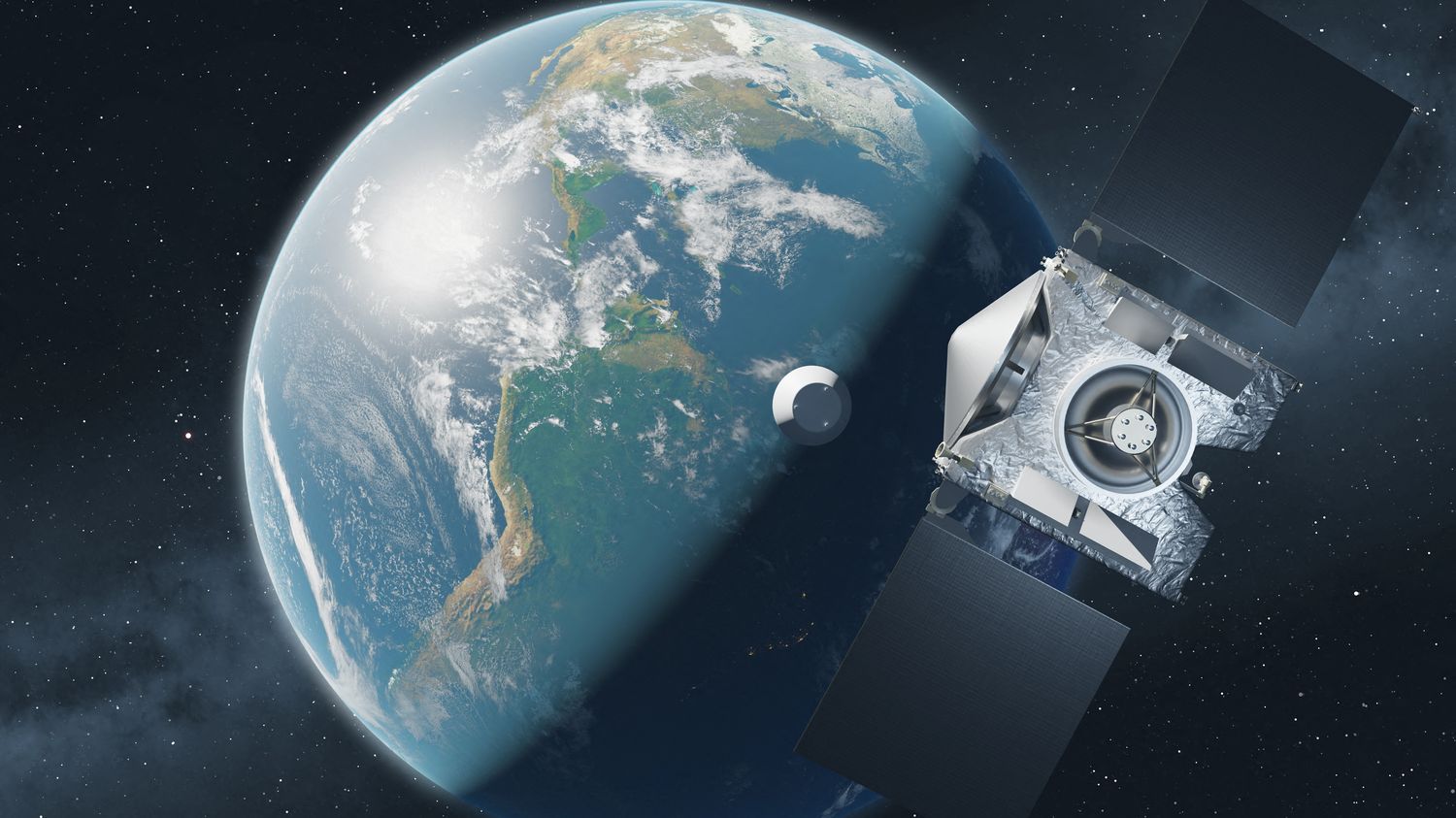The space probe launched seven years ago landed on Sunday in the Great Salt Lake desert in the United States. Scientists are waiting to be able to analyze asteroid samples taken over several years, which could help us learn a little more about the origins of our planetary system.
Published
Reading time :
2 min

Seven years after its departure, the Osiris-Rex space probe returns to Earth. On board the capsule which will land on Sunday September 24 in the Great Salt Lake desert, in Utah (United States), dust from the asteroid Bénou taken by a robot could shed light on the origin of our planetary system . Planetary astrophysicist at the Paris Observatory and specialist in the exploration of the solar system, Antonella Barucci enlightens us on the challenges of this mission of which she is co-investigator.
franceinfo: What was the Osiris-Rex mission looking for in space?
Antonella Barucci : The Osiris-Rex space probe was launched in September 2016 to the asteroid Bénou, which orbits the Sun. It returns to Earth after a two-year journey, loaded with “primitive matter” taken from the asteroid by a robot, between 2018 and 2021. Concretely, this is matter which existed before the formation of our solar system and which is likely to shed light on the origins of our planetary system. The objective was to take 60 grams, I think we will have a lot more in the end.
What will your work now focus on?
A major area of research will focus on the asteroid’s organic compounds, that is to say the constituent elements of life as we know it and which contain carbon. These tiny grains have existed for more than 4.5 billion years and are witnesses to the formation of our solar system. Their study will make it possible to date it more precisely and to better understand the materials which are at its origin.
We will also look for information on interstellar environments (the matter which fills the space between the stars in the galaxy), on the protosolar nebula (the cloud which gave birth to our solar system), on asteroids, on the formation of our planet… What is at stake is understanding the origin of life.
Does this mean that we will soon have solved the mystery of the origin of life?
Not so fast! All of this work takes a lot of time. Personally, I have been working on this mission since 2009… NASA will gradually communicate on the progress of its work over the coming years. This is the first time that the American Space Agency has carried out such a collection of raw material. The Japanese aerospace exploration agency, Jaxa, has already carried out similar samples on two other asteroids, Itokawa and Ryugu. Our work is complementary: it is a new piece in the puzzle which allows us to uncover the mystery of the origins of life.
